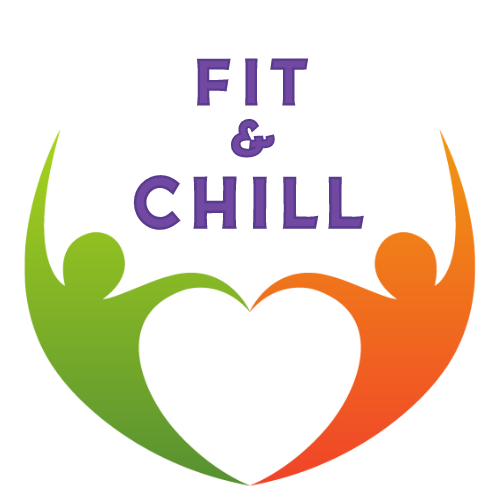Step by Step Guide
- Starting Position:
- Lie flat on your back on a mat or the floor with your knees bent and feet flat on the ground, hip-width apart.
- Place your arms by your sides, palms facing down for stability.
- Engage Core Muscles:
- Engage your core by drawing your navel towards your spine, flattening your lower back against the floor.
- Keep your abdominal muscles tight throughout the exercise to support your lower back.
- Lift Hips Up:
- Pressing through your heels, lift your hips off the ground until your body forms a straight line from your shoulders to your knees.
- Squeeze your glutes at the top of the movement to maximize muscle activation.
- Pause at the Top:
- Hold the top position for a brief moment, focusing on maintaining tension in your glutes and hamstrings.
- Avoid arching your lower back excessively and keep your core engaged to protect your spine.
- Lower Hips Down:
- Slowly lower your hips back down towards the ground, maintaining control and keeping your core engaged.
- Aim to lower your hips until they are just above the ground, but avoid resting them completely.
- Repeat the Movement:
- Perform the desired number of repetitions, focusing on quality over quantity.
- Keep the movement controlled and deliberate, avoiding any swinging or momentum.
Benefits of The Lying Hip Raises
- Glute Activation: Laying Hip Raises target the glute muscles, helping to strengthen and tone the buttocks for improved shape and definition.
- Hamstring Strength: This exercise also engages the hamstring muscles, which are important for knee stability and athletic performance.
- Lower Back Support: By strengthening the glutes and hamstrings, Laying Hip Raises can help alleviate lower back pain and improve overall spinal stability.
- Hip Mobility: Performing hip raises helps to improve hip mobility and flexibility, which is important for functional movements and athletic performance.
Tips for Beginners:
- Start Slowly: Beginners should start with a small range of motion and focus on mastering proper form before increasing the difficulty or range of motion.
- Focus on Form: Maintain proper alignment throughout the exercise, including a neutral spine and engaged core muscles.
- Engage Your Glutes: Focus on squeezing your glutes at the top of the movement to maximize muscle activation and effectiveness.
- Modify as Needed: If you experience discomfort in your lower back, reduce the range of motion or perform the exercise with bent knees.



Leave A Comment